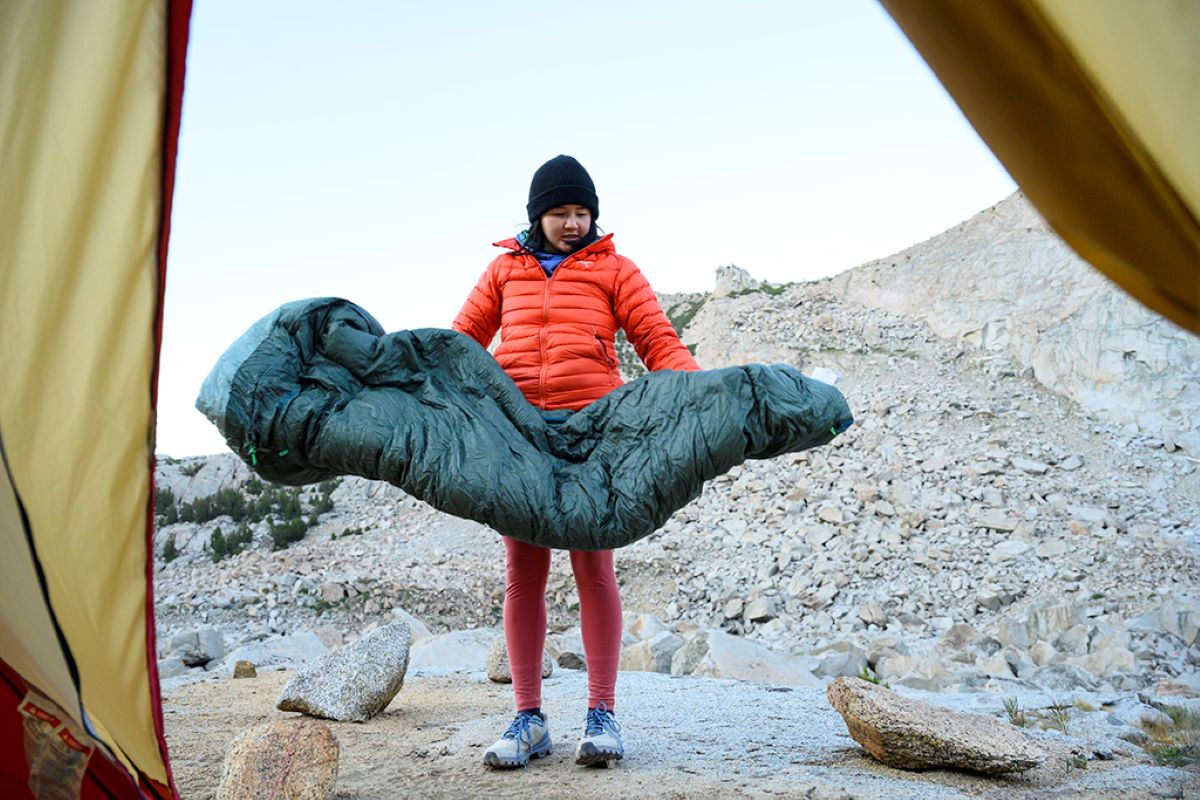

Articles
How To Store A Sleeping Pad
Modified: December 7, 2023
Learn how to store a sleeping pad properly with our informative articles. Find tips and tricks to maximize the lifespan of your sleeping pad and ensure it stays in top condition.
(Many of the links in this article redirect to a specific reviewed product. Your purchase of these products through affiliate links helps to generate commission for Storables.com, at no extra cost. Learn more)
Introduction
When it comes to outdoor adventures and camping trips, a good night’s sleep is essential. That’s where a sleeping pad comes in handy. A sleeping pad not only provides comfort and support while sleeping on uneven ground, but it also helps insulate you from the cold, dampness, and discomfort of the ground beneath you.
However, when the adventure comes to an end and it’s time to pack up and head home, properly storing your sleeping pad is crucial to ensuring its longevity and performance. In this article, we will explore the best practices for storing a sleeping pad, from choosing the right storage location to cleaning and maintaining its pristine condition.
By following these simple guidelines, you can prolong the life of your sleeping pad and ensure that it remains in optimal condition for your next outdoor escapade.
Key Takeaways:
- Proper storage is crucial for maintaining a sleeping pad’s longevity and performance. Choose a cool, dry location, clean the pad before storing, and avoid direct sunlight and extreme temperatures.
- When storing a sleeping pad long-term, ensure it’s completely dry, use dehumidifiers, and periodically inspect for damage or pests. Proper care and storage will keep your pad in excellent condition for future adventures.
Read more: How To Store Sleeping Pad
Choosing the Right Storage Location
When it comes to storing your sleeping pad, the first step is to choose the right location. Ideally, you want to find a cool, dry, and clean area to protect your sleeping pad from moisture, dirt, and potential damage.
If you have a dedicated gear closet or storage room, that would be the ideal place to keep your sleeping pad. These areas typically offer controlled temperature and humidity levels, which can prevent mold and mildew growth.
If you don’t have a designated storage space, consider storing your sleeping pad in a closet or under your bed. Just make sure the area is not prone to dampness or extreme temperature fluctuations.
Avoid storing your sleeping pad in direct sunlight or in hot and humid environments, as these conditions can lead to material degradation and reduce the overall lifespan of your sleeping pad.
Furthermore, keep your sleeping pad away from sharp objects and potential sources of damage. It’s best to store it in a place where it won’t get accidentally punctured or torn.
By selecting an appropriate storage location, you can ensure that your sleeping pad remains in great condition and ready for your next adventure.
Cleaning the Sleeping Pad
Cleaning your sleeping pad before storing it is essential to maintain hygiene and remove any dirt, sweat, or debris accumulated during your outdoor adventures. Follow these steps to ensure your sleeping pad stays clean and fresh:
- Start by thoroughly inspecting your sleeping pad for any visible stains or spots. Use a damp cloth or sponge to gently wipe away any surface dirt.
- If your sleeping pad has stubborn stains or odors, you can create a cleaning solution by mixing mild detergent or soap with warm water. Avoid using harsh chemicals or abrasives that can damage the material.
- Dip a clean cloth or sponge into the cleaning solution and gently scrub the affected areas. Be careful not to scrub too vigorously, as this may damage the surface of the sleeping pad.
- Once you’ve cleaned the stains, rinse the sleeping pad thoroughly with clean water to remove any soap residue.
- To dry the sleeping pad, lay it flat in a well-ventilated area away from direct sunlight. Avoid using heat sources such as heaters or dryers, as excessive heat can affect the integrity of the material.
- Allow the sleeping pad to air dry completely before storing it. This will prevent the growth of mold or mildew.
It’s important to note that different sleeping pad materials may require specific cleaning instructions. Always refer to the manufacturer’s guidelines for cleaning and maintenance to ensure that you’re taking the appropriate steps for your specific sleeping pad.
Regular cleaning and maintenance of your sleeping pad will not only keep it fresh and sanitary but also prolong its lifespan, allowing you to enjoy many more comfortable nights under the stars.
Deflating the Sleeping Pad
Before you can store your sleeping pad, it’s important to properly deflate it. Here’s a step-by-step guide to deflating your sleeping pad:
- Start by identifying the valve on your sleeping pad. It is usually located near one end of the pad.
- Open the valve by twisting it counterclockwise. This will allow the air to escape from the sleeping pad.
- Apply gentle pressure to the pad using your hands or body weight to help expel the air more quickly.
- Slowly roll or fold the sleeping pad from the end opposite the valve, pushing out any remaining air as you go.
- Once the sleeping pad is tightly rolled or folded, close the valve to prevent air from re-entering the pad.
- Give the sleeping pad a final squeeze to ensure all air is expelled and the pad is fully deflated.
Deflating your sleeping pad properly not only makes it easier to pack and store but also helps maintain the pad’s shape and performance over time.
Remember, it’s important to not overinflate your sleeping pad while using it as this can stretch the material and affect its longevity. Keep an eye on the firmness and adjust accordingly to maximize comfort and durability.
Rolling or Folding the Sleeping Pad
Once you have deflated your sleeping pad, it’s time to roll or fold it for storage. The method you choose will depend on the type of sleeping pad you have and personal preference. Here are two common techniques:
Read more: How To Store Self Inflating Sleeping Pad
Rolling
- Lay your sleeping pad flat on the ground or a clean surface.
- Starting at one end, tightly roll the pad towards the opposite end. Make sure to keep the roll as tight and compact as possible.
- Once the pad is fully rolled, secure it with the attached straps or use additional straps or cords to keep it in place.
- Inspect the roll to ensure it is even and tightly secured. Adjust the straps if needed.
Folding
- Lay your sleeping pad flat on the ground or a clean surface.
- Fold the pad in half along its length, making sure the edges align.
- Depending on the size of the pad, you may need to fold it again, creating a smaller and more compact package.
- Secure the folded pad with straps or cords to keep it from unfolding.
- Double check that the pad is securely fastened and neatly folded.
Whether you choose to roll or fold your sleeping pad, the key is to make it as compact and well-packaged as possible. This will not only save space but also prevent any unnecessary wear and tear during storage.
Remember to refer to the manufacturer’s guidelines for specific instructions on rolling or folding your sleeping pad if provided.
Store your sleeping pad unrolled and fully inflated to maintain its shape and prevent damage to the internal structure. Keep it in a dry, cool place away from direct sunlight and sharp objects.
Storing the Sleeping Pad
After properly cleaning, deflating, and rolling or folding your sleeping pad, it’s time to store it. Follow these guidelines to ensure your sleeping pad remains in optimal condition:
- Choose an appropriate storage container or bag that is large enough to accommodate your sleeping pad without constraining it. Avoid using a bag that is too small or tight, as it can damage the pad’s material.
- Before placing your sleeping pad inside the storage container, consider adding a layer of protection. This can be a soft cloth or a sleeping pad stuff sack to prevent any potential damage.
- Carefully place your sleeping pad into the storage container, making sure it fits comfortably without any excessive bending or folding.
- If you are storing multiple sleeping pads, avoid stacking them on top of each other as this can cause unnecessary pressure and damage.
- Keep the storage container or bag in the designated cool, dry, and clean location we discussed earlier. This will minimize the risk of moisture, dirt, and other external elements affecting the integrity of the sleeping pad.
- Avoid storing your sleeping pad in an area with extreme temperature fluctuations or high humidity. These conditions can lead to mold, mildew, or material degradation.
- Periodically check on your sleeping pad during storage to ensure it remains in optimal condition. Look for any signs of damage, pests, or moisture and take appropriate action if needed.
By following these storage guidelines, you can protect your sleeping pad from damage and maintain its performance for years to come.
Remember, when it’s time to retrieve your sleeping pad for your next adventure, it’s important to allow it to fully air out and regain its shape before use. This will ensure maximum comfort and performance on your next camping trip.
Tips for Long-Term Storage
If you’re planning to store your sleeping pad for an extended period, such as during the off-season, here are some additional tips to keep in mind:
- Before storing your sleeping pad, make sure it is completely dry. Moisture trapped within the pad can lead to mold, mildew, and unpleasant odors.
- Consider using a dehumidifier or moisture-absorbing packets in the storage area to minimize humidity levels and prevent moisture buildup.
- Avoid storing your sleeping pad in plastic bags or airtight containers for long periods. This can trap moisture and potentially damage the pad’s material.
- If possible, store your sleeping pad in an elevated position to prevent it from coming into contact with the cold ground, which can cause condensation and moisture buildup.
- Inspect the sleeping pad periodically during long-term storage to ensure there are no signs of damage, pests, or moisture intrusion.
- If you live in an area with extreme temperature variations, consider storing the sleeping pad in a temperature-controlled environment to prevent material degradation.
- Keep your sleeping pad away from sharp objects, chemicals, or any potential hazards that could compromise its integrity during storage.
- If your sleeping pad has a detachable pump or accessories, store them separately to prevent any accidental damage or loss.
- Label the storage container or bag with the contents and date of storage. This will help you easily identify and retrieve your sleeping pad when needed.
- Lastly, if possible, periodically unroll or unfold your sleeping pad to allow it to breathe and relax. This can help retain its shape and prevent any permanent creasing or folding marks.
Following these tips will ensure your sleeping pad remains in excellent condition throughout its time in storage, ready for your next outdoor adventure.
Read also: 11 Amazing Hammock Sleeping Pad For 2024
Conclusion
Properly storing your sleeping pad is essential to maintain its performance, longevity, and cleanliness. By following the right storage practices, you can ensure that your sleeping pad remains in optimal condition for many outdoor adventures to come.
Start by choosing a suitable storage location that is cool, dry, and clean. Avoid exposing your sleeping pad to direct sunlight, extreme temperatures, or high humidity. By providing the right environment, you can protect your sleeping pad from moisture, mold, and material degradation.
Cleaning your sleeping pad before storage is also crucial. Remove any dirt, stains, or odors using mild detergent or soap, and make sure the pad is completely dry before storing it. This will prevent the growth of mold and mildew and keep your sleeping pad fresh for future use.
When it comes to deflating and storing your sleeping pad, consider rolling or folding it based on your preference and the type of pad you have. Ensure that it is tightly secured, avoiding excessive bending or folding that can cause damage. Choose an appropriate storage container or bag that provides enough space and protection.
For long-term storage, take extra precautions to maintain the integrity of the sleeping pad. Keep it dry, consider using dehumidifiers or moisture-absorbing packets, and periodically check for any signs of damage, pests, or moisture intrusion.
By following these tips and guidelines, you can keep your sleeping pad in excellent condition, ready for your next outdoor adventure. With proper care and storage, your sleeping pad will continue to provide you with comfort, support, and a good night’s sleep under the stars.
Frequently Asked Questions about How To Store A Sleeping Pad
Was this page helpful?
At Storables.com, we guarantee accurate and reliable information. Our content, validated by Expert Board Contributors, is crafted following stringent Editorial Policies. We're committed to providing you with well-researched, expert-backed insights for all your informational needs.
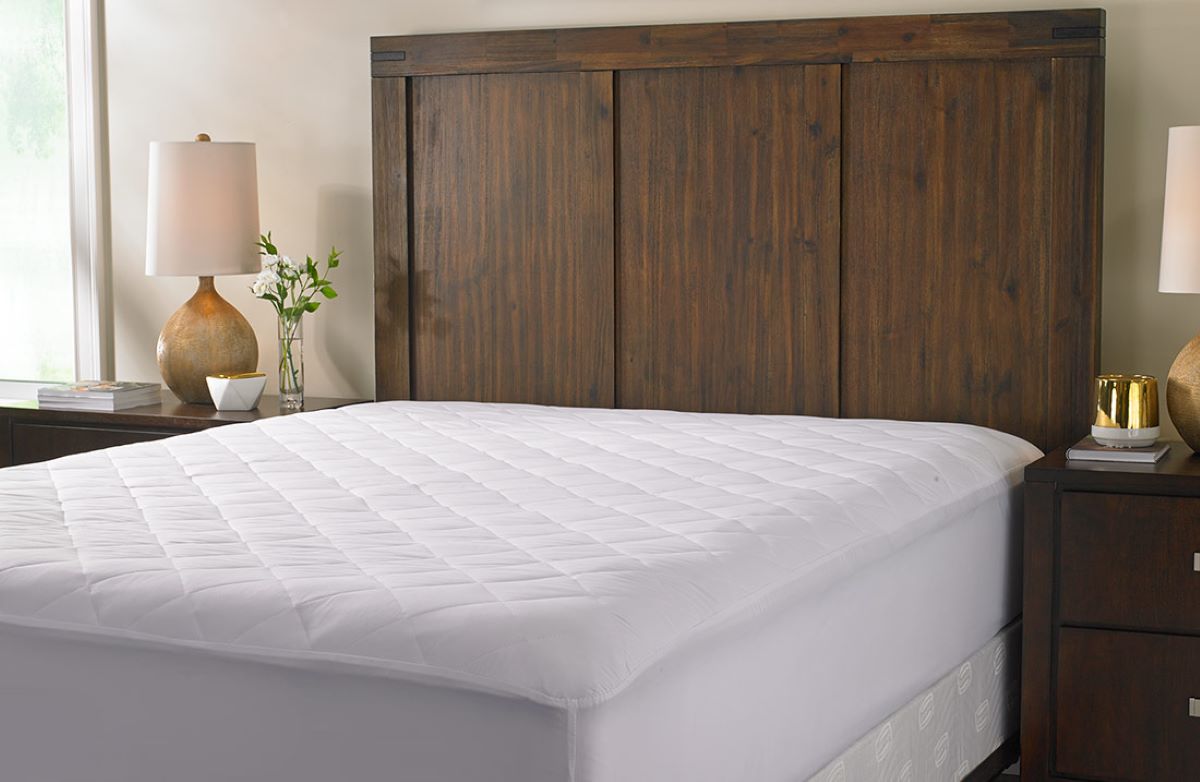
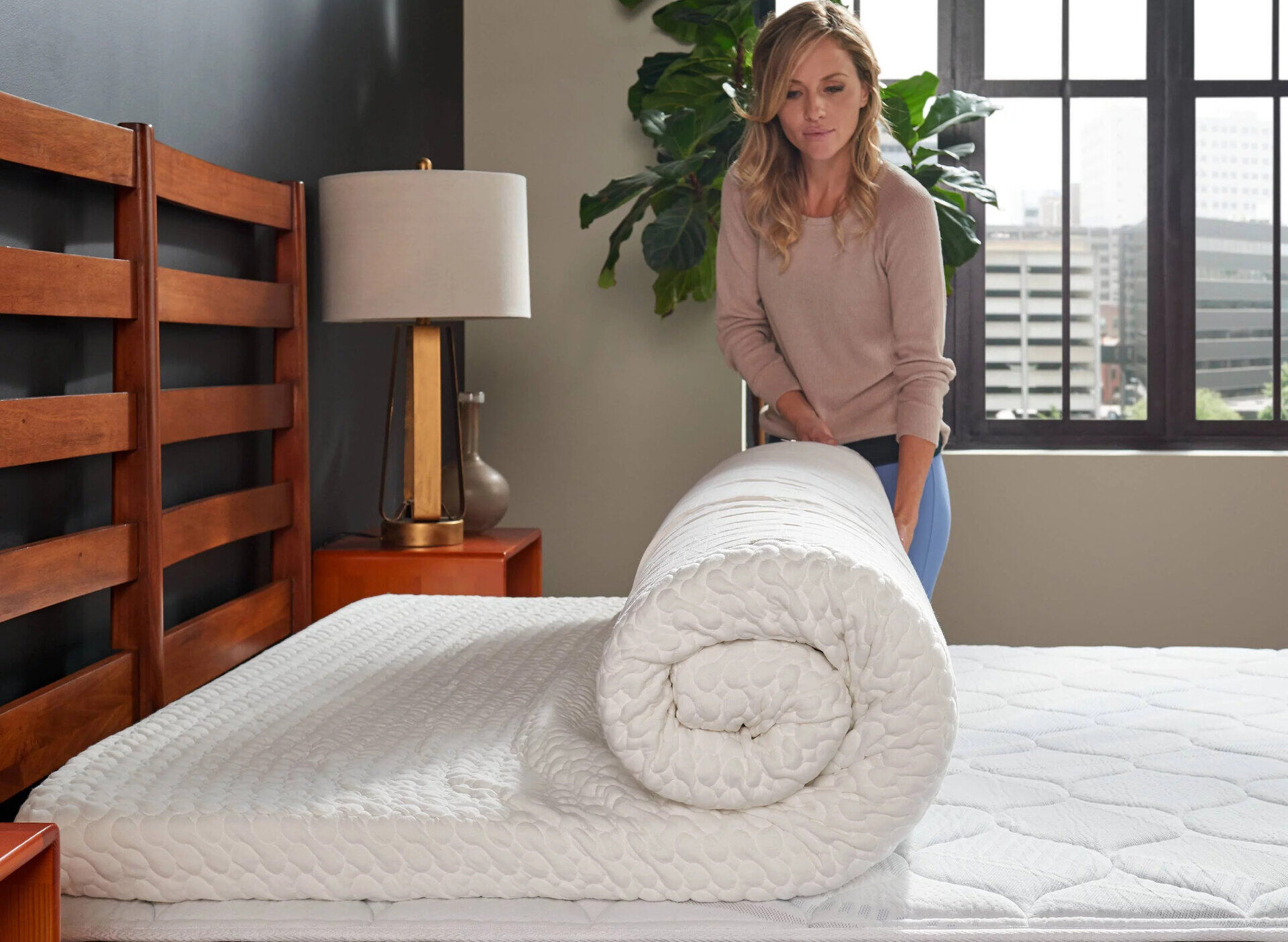
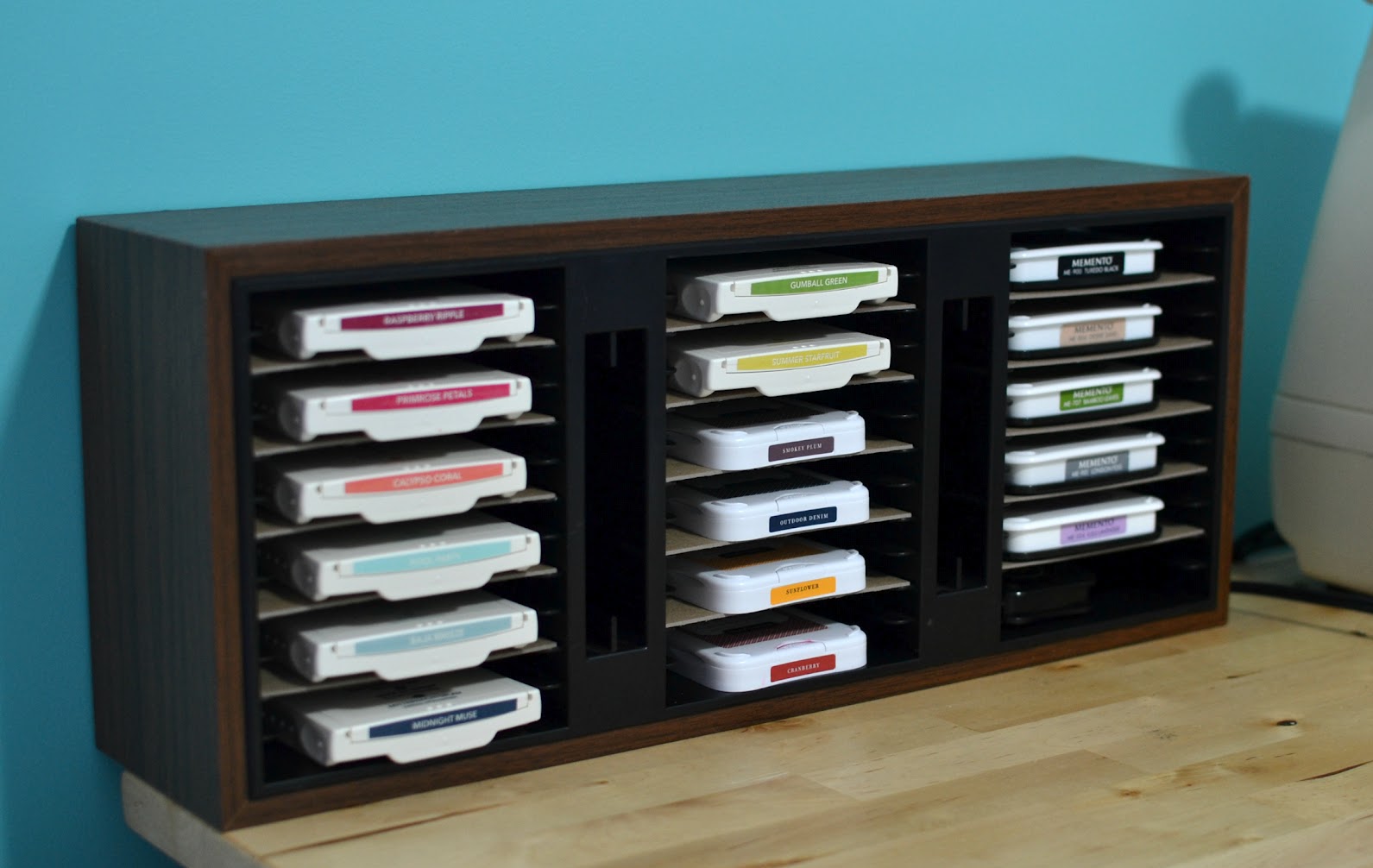
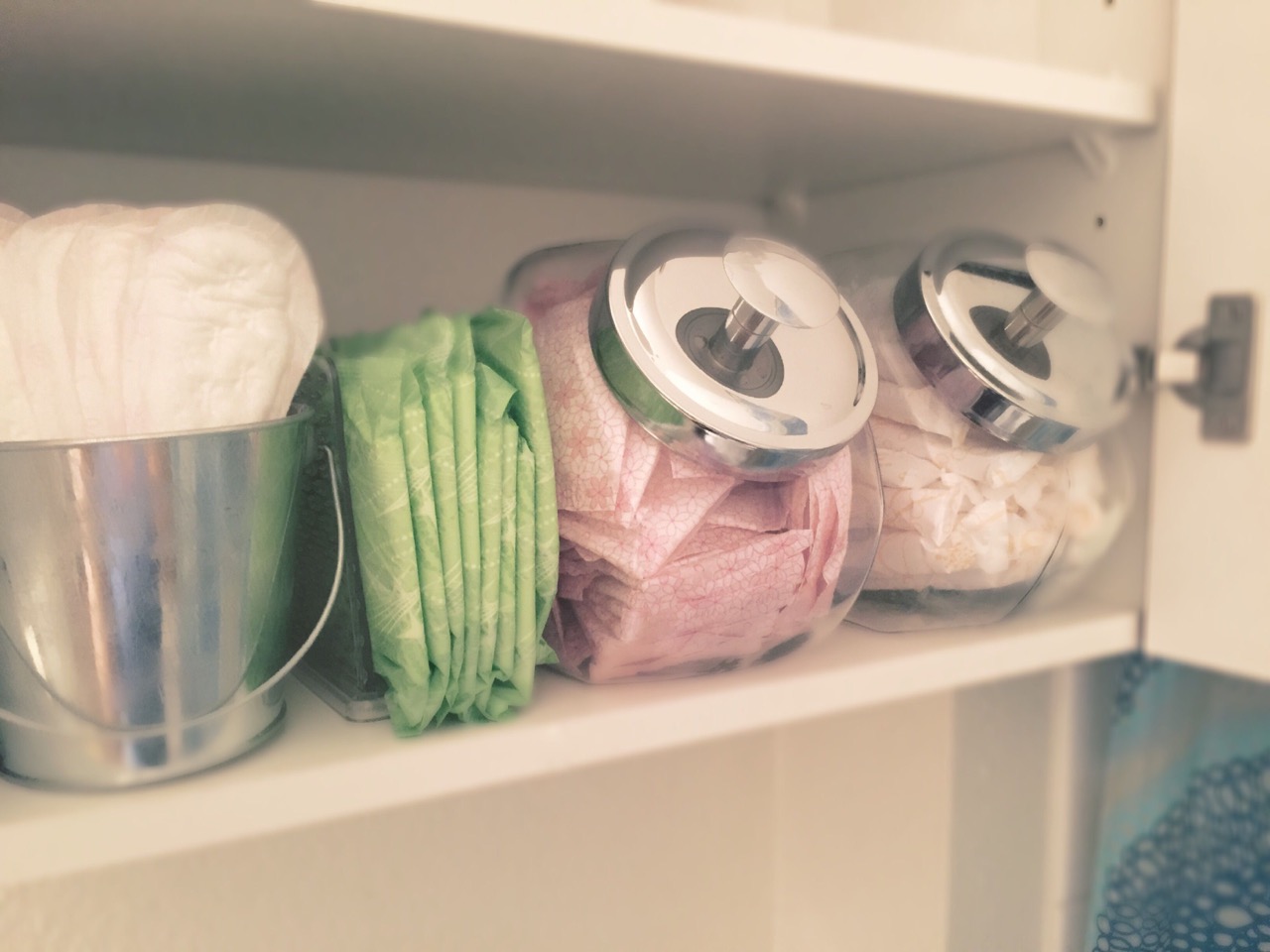
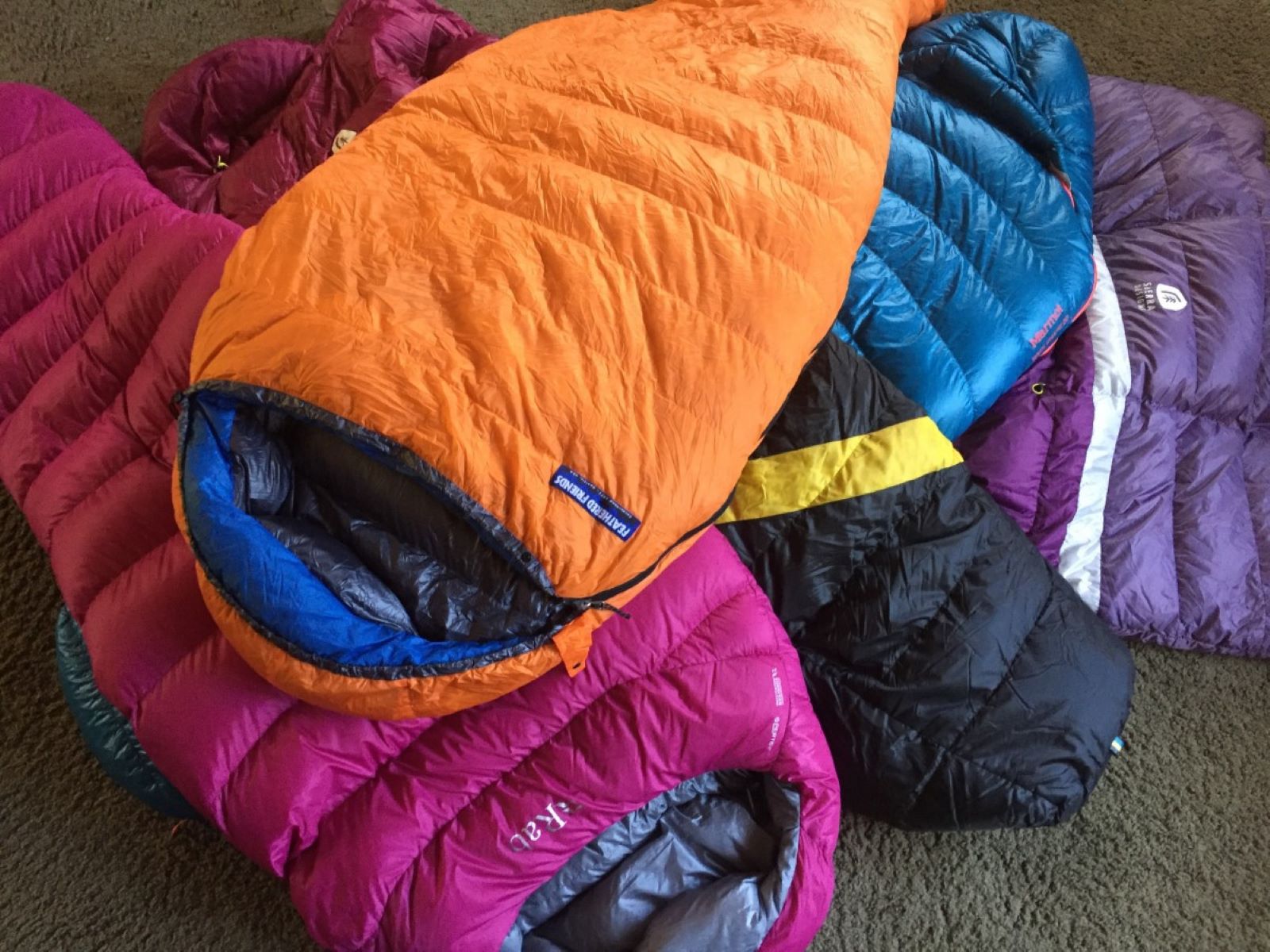
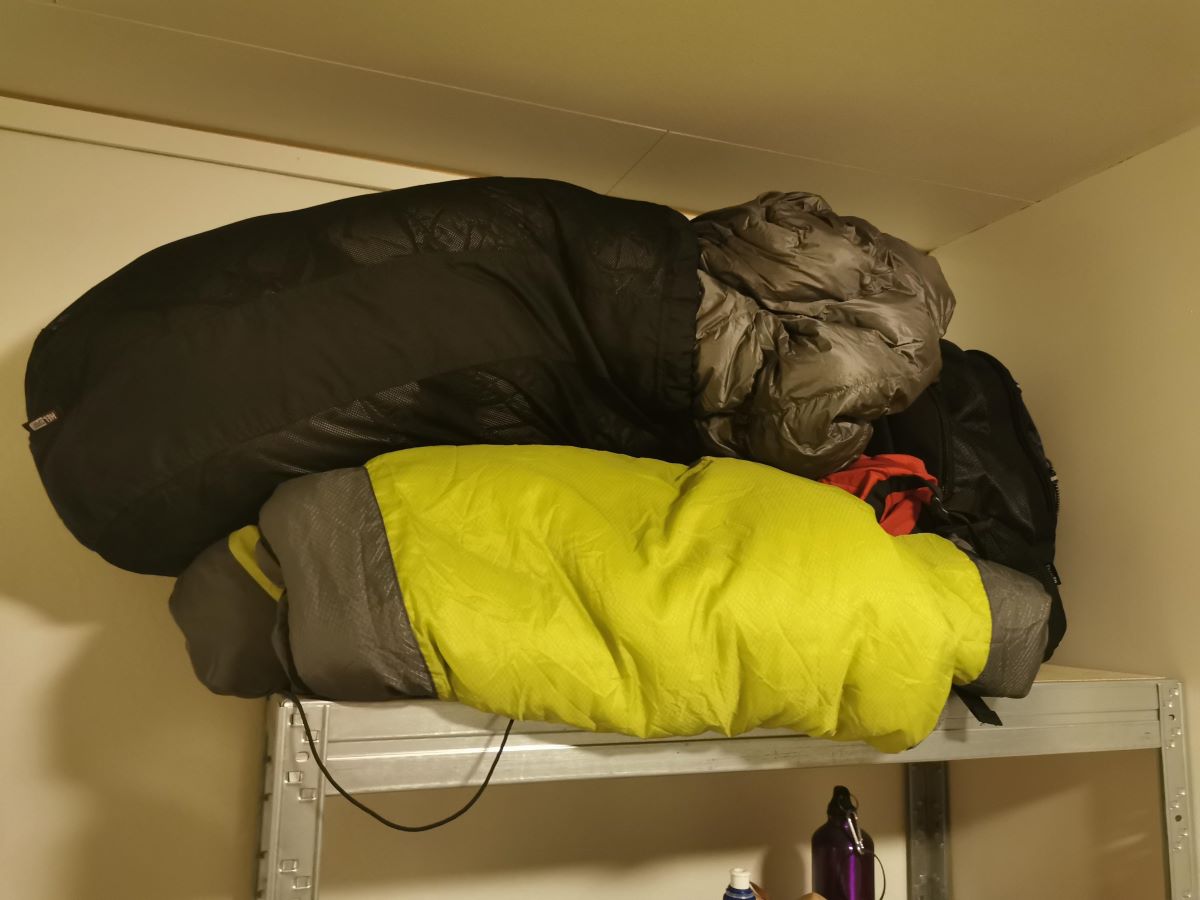
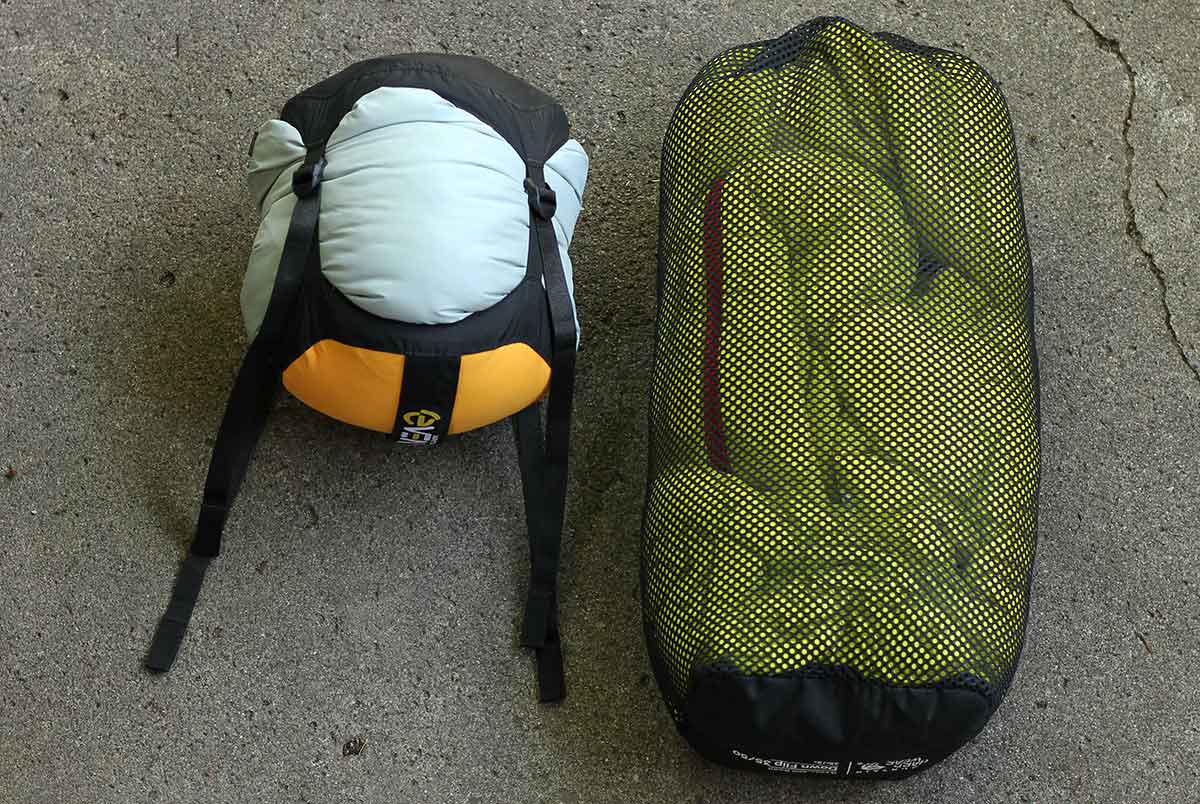
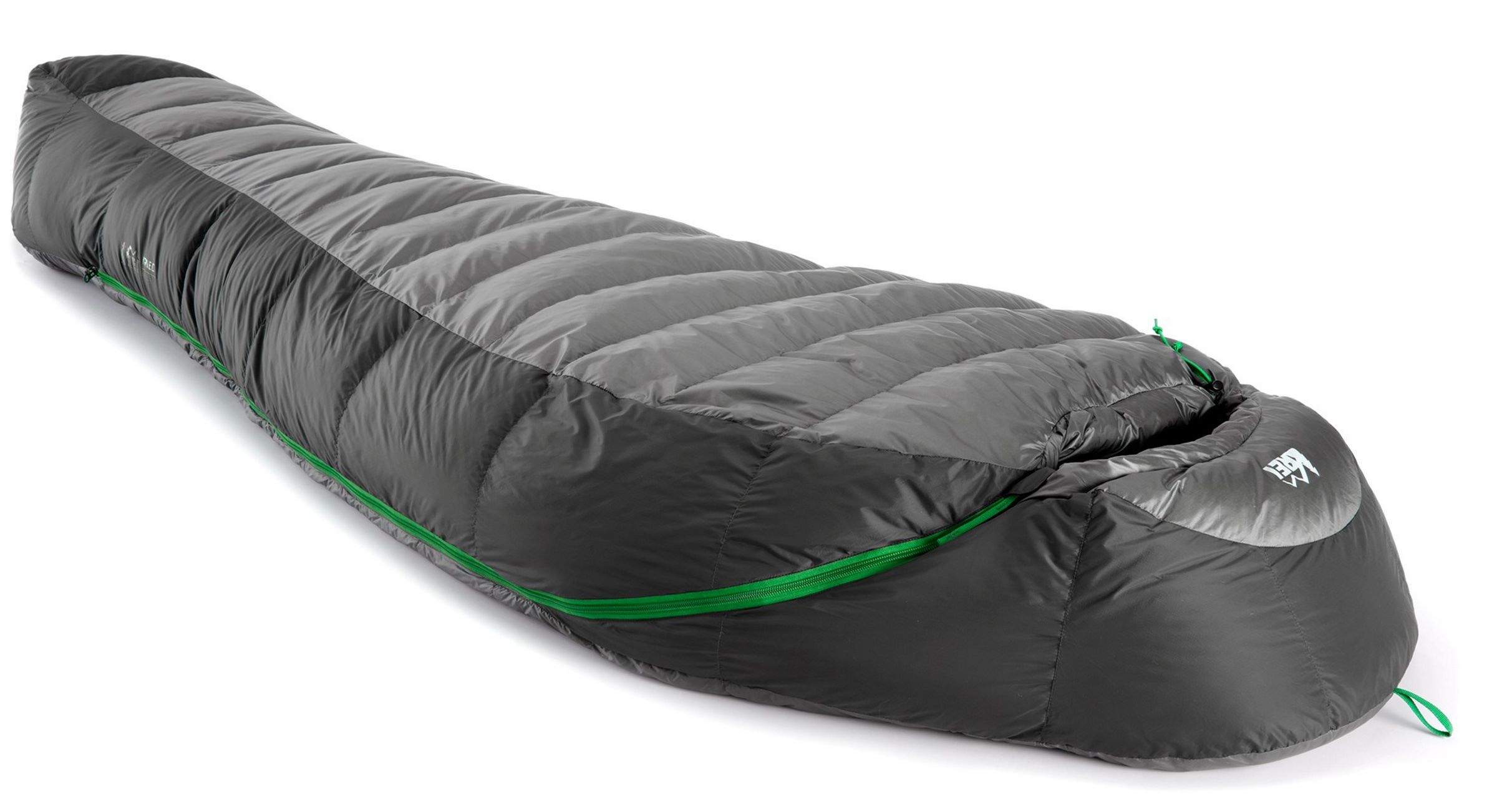
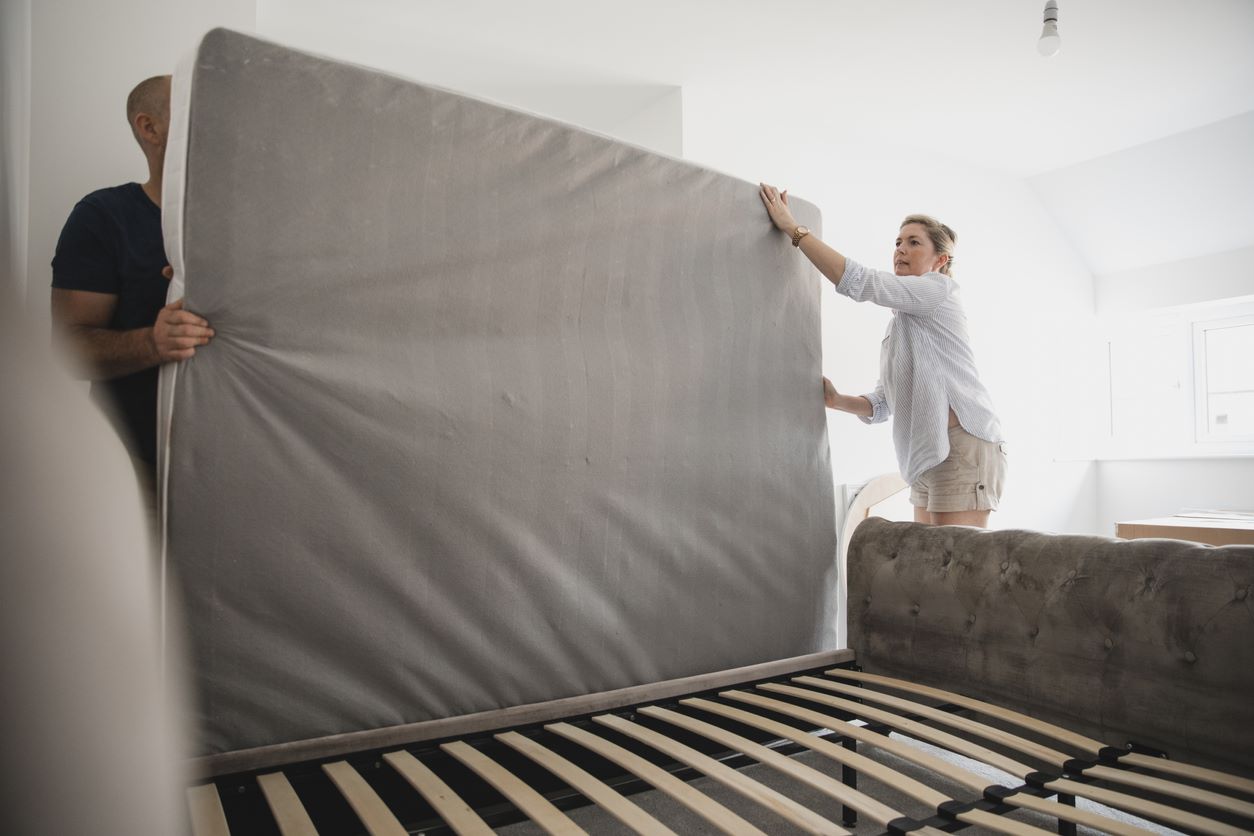
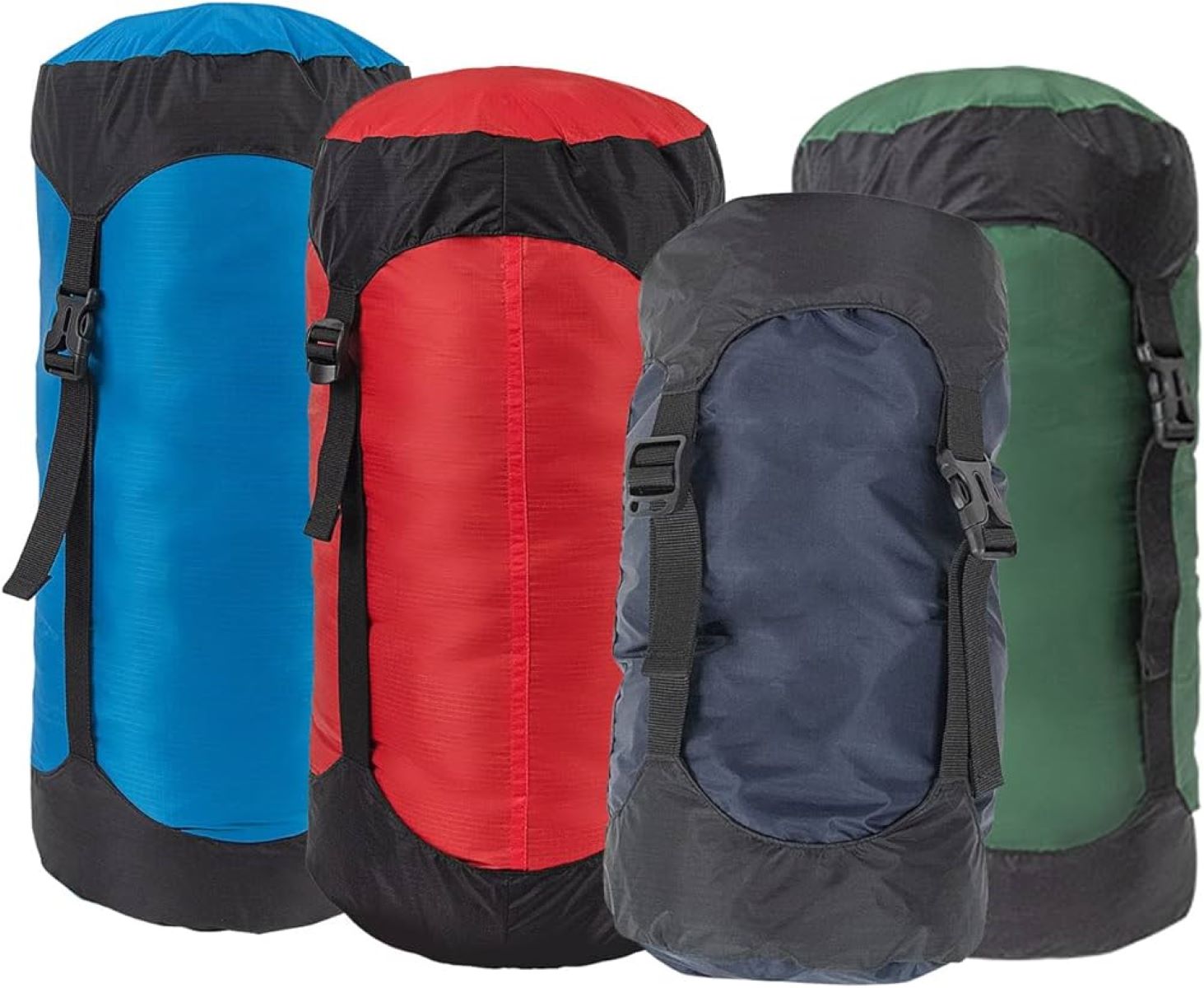
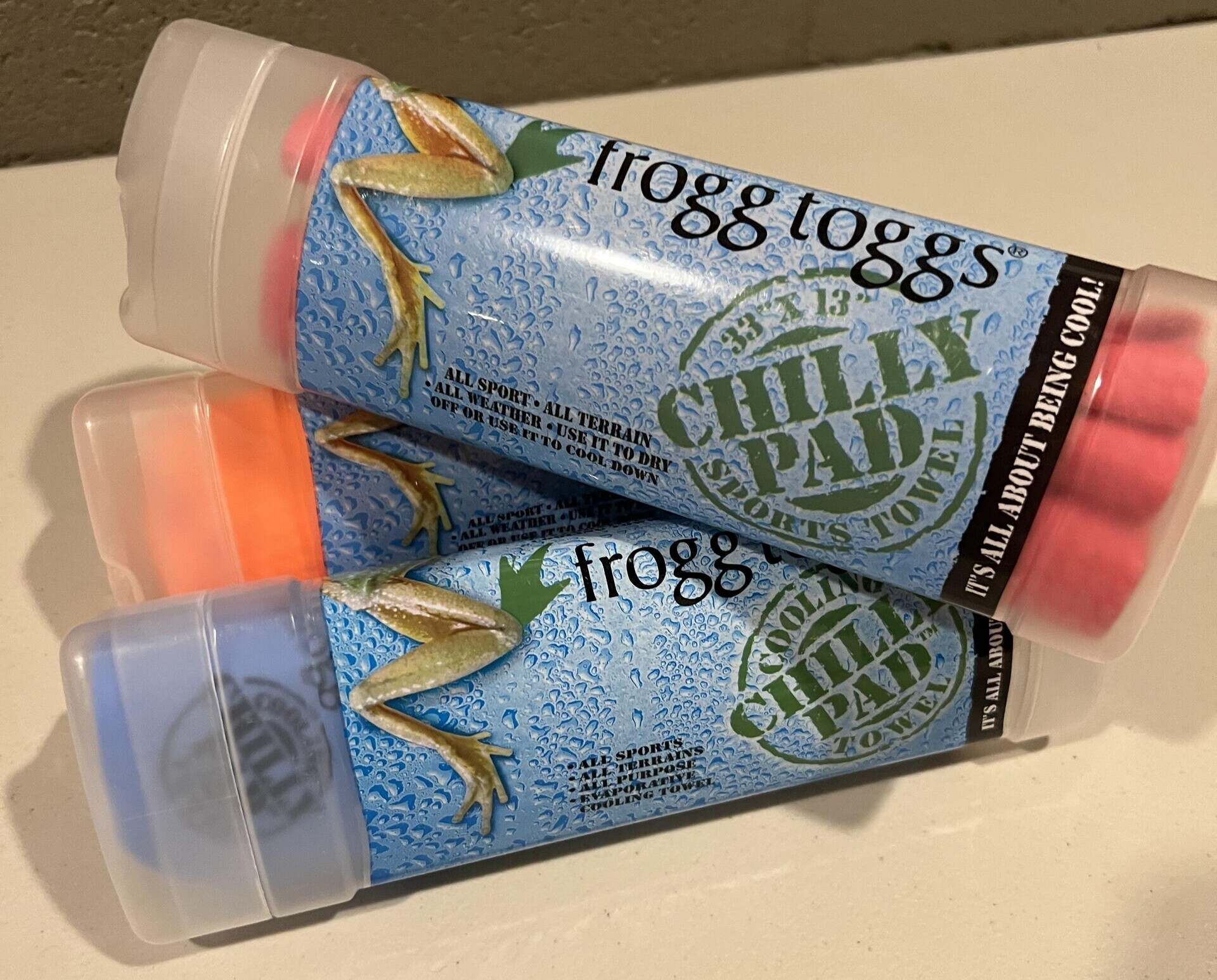
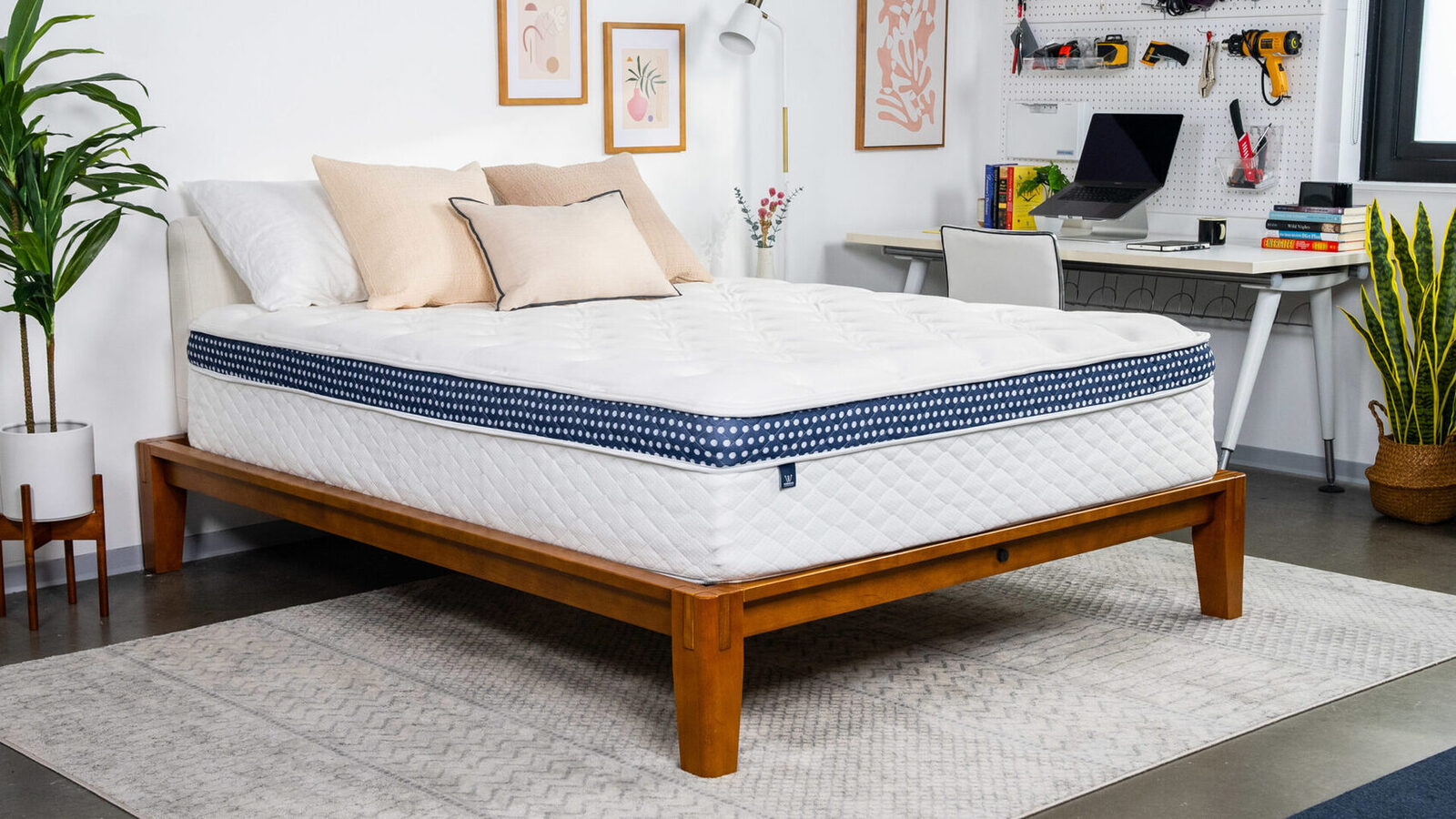


0 thoughts on “How To Store A Sleeping Pad”